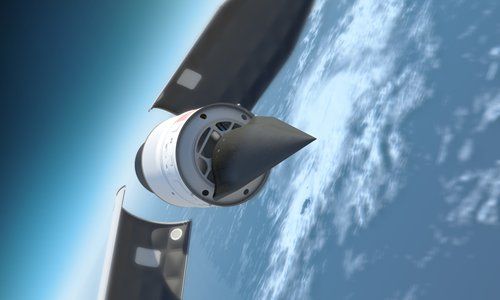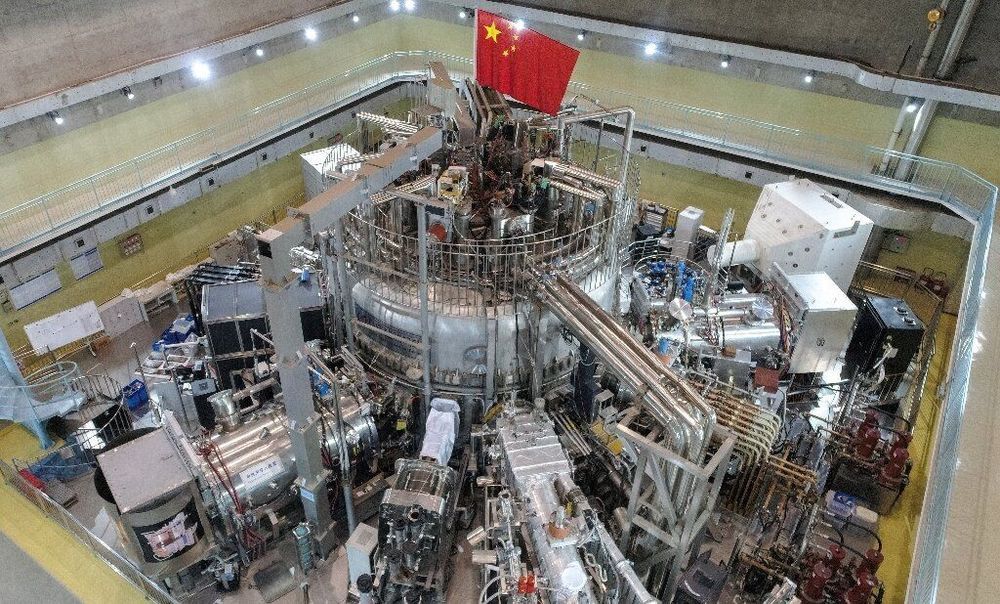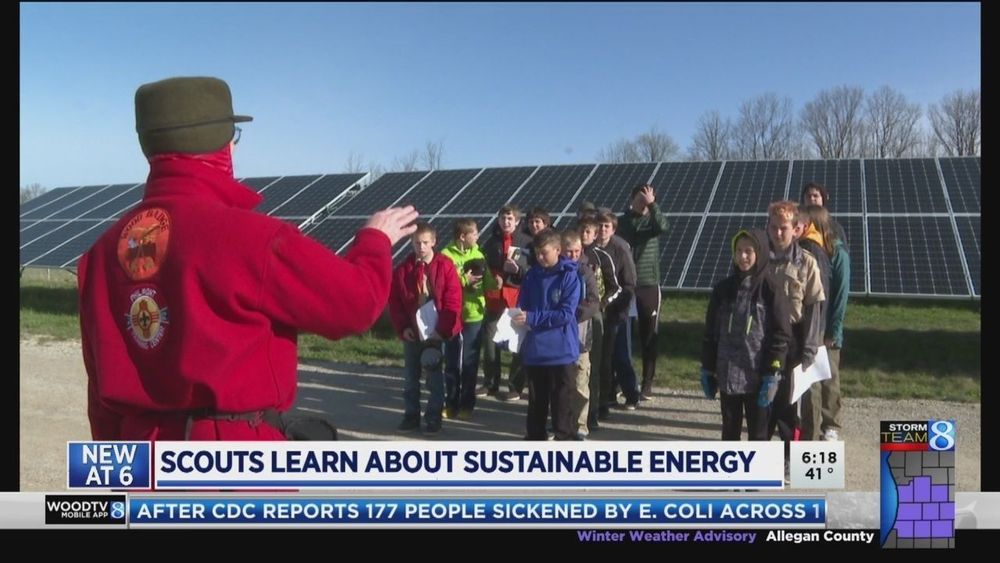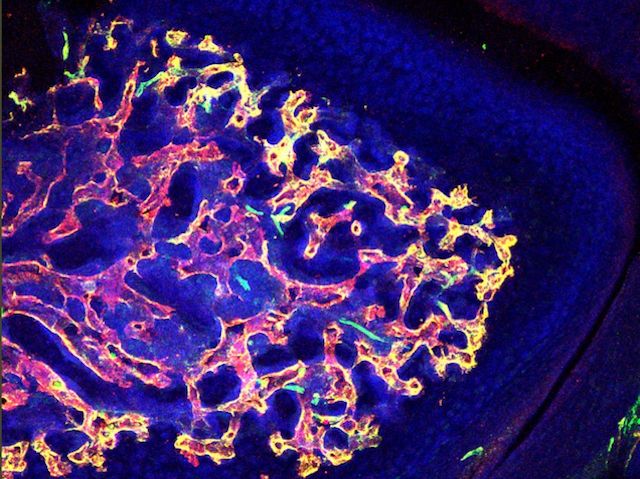Page 8237
Apr 28, 2019
China develops unique heat-resistant material for hypersonic aircraft
Posted by Klaus Baldauf in categories: materials, transportation
Chinese scientists have developed a new heat-resistant material for hypersonic aircraft, as it can endure over 3,000 C from friction caused by a Mach 5–20 flight within the atmosphere.
A lead scientist said the material outperforms all similar foreign-made ones with its high melting point, low density and high malleability.
The new material enables a hypersonic aircraft to fly at Mach 5–20 within the atmosphere for several hours, as the high heat resulting from the friction between the aircraft and the air reaches between 2,000 C to 3,000 C, a temperature normal metal would not be able to endure.
Continue reading “China develops unique heat-resistant material for hypersonic aircraft” »
Apr 28, 2019
China’s quest for clean, limitless energy heats up
Posted by Genevieve Klien in category: nuclear energy
A ground-breaking fusion reactor built by Chinese scientists is underscoring Beijing’s determination to be at the core of clean energy technology, as it eyes a fully-functioning plant by 2050.
Apr 28, 2019
West Michigan scouts learn about sustainability
Posted by Genevieve Klien in category: sustainability
ALLENDALE, Mich. (WOOD) — West Michigan scouts gathered Saturday at the Consumers Energy’s Solar Garden in Allendale to learn about sustainability and how they can be good stewards of the earth.
At the event, the scouts learned how their choices have an impact on the environment.
“The sustainability merit badge is actually quite a tough one to do, it requires a lot of thinking, a lot of planning,” said John Miller, Western Michigan University professor and merit badge counselor. “That’s part of what scouting is about is having the youth learn that they can effect change.”
Continue reading “West Michigan scouts learn about sustainability” »
Apr 28, 2019
How to shape research to advance global health
Posted by Derick Lee in category: health
Achieving these goals for the science division will be challenging. The WHO has a surprisingly small budget for its outsized role, and must work hard to secure consensus and cooperation from funders and member countries. However, all agree on the urgency of these tasks, and the need to come together and realize them. Greater coordination of science activities within the WHO will help to make that happen.
Soumya Swaminathan explains how the World Health Organization’s new science division can promote universal health coverage in all countries.
Apr 27, 2019
The AeroGarden Harvest is a countertop planter that doesn’t require soil — I used it to grow a 3-foot dill plant in my kitchen
Posted by Shailesh Prasad in category: food
The AeroGarden Harvest is intuitive and easy to use, and being able to say you grew the herbs or tomatoes in your dishes is pretty cool.
Apr 27, 2019
The Quest to Find One of the Most Elusive Particle Decays in the Universe
Posted by Genevieve Klien in category: particle physics
Apr 27, 2019
Coalition for Radical Life Extension
Posted by Paul Battista in category: life extension
What’s new at RAADfest 2019?? Besides RAADclinic, new topics will be discussed: Check it out and Register now: http://www.raadfest.com/


















